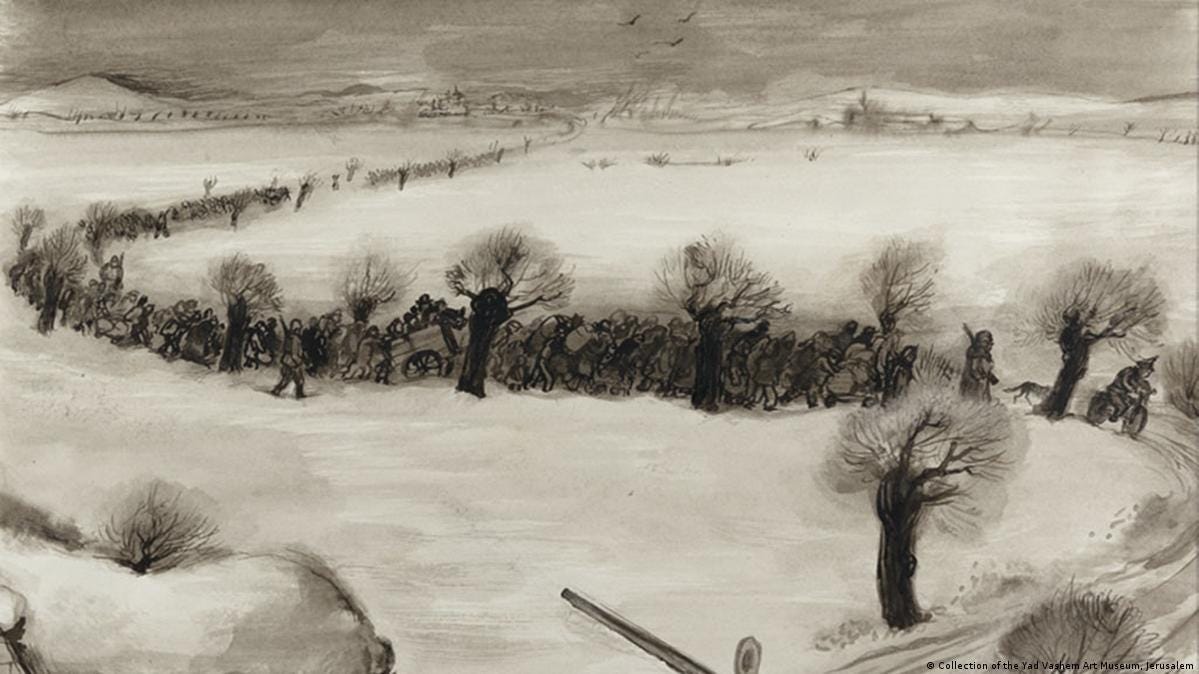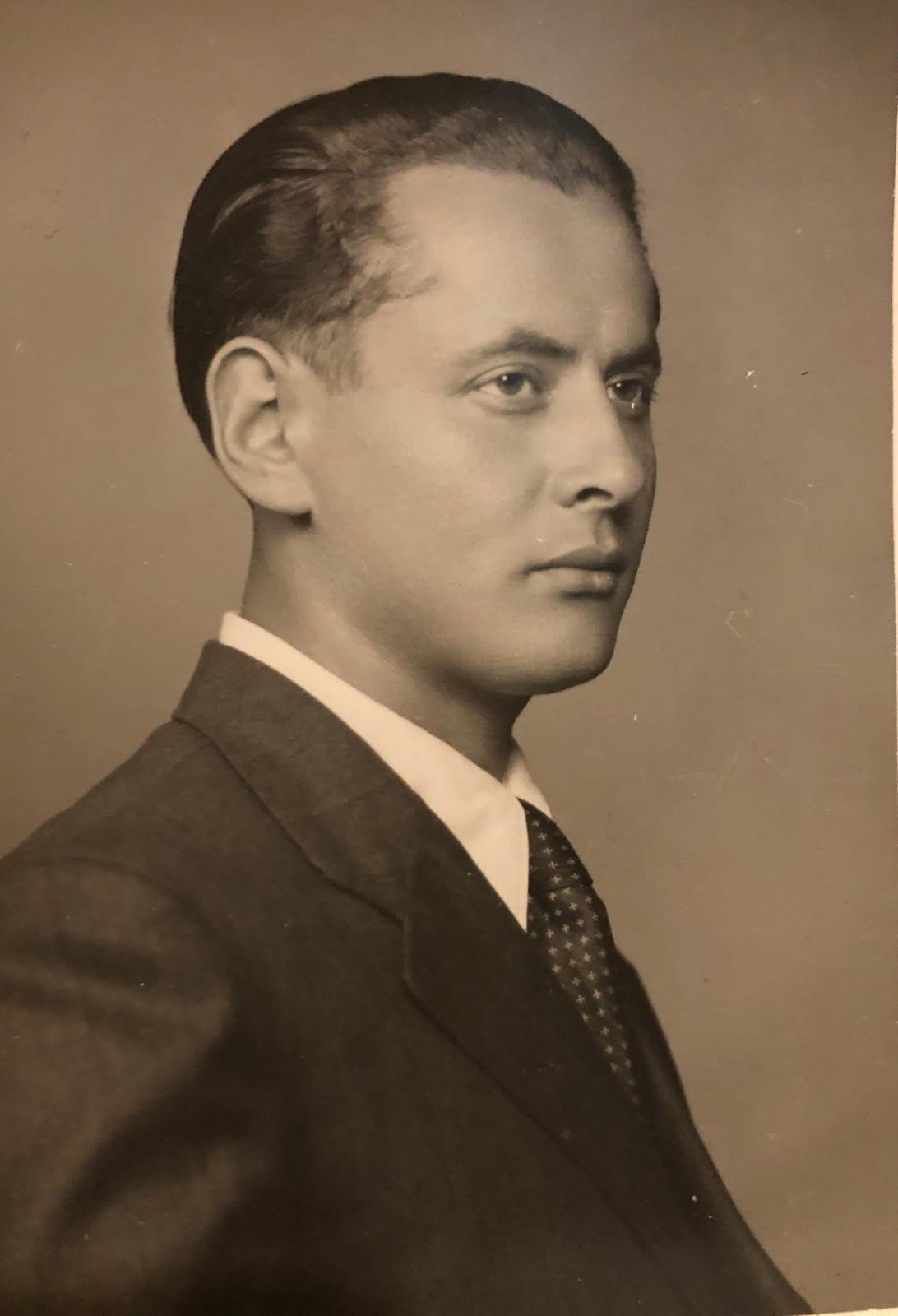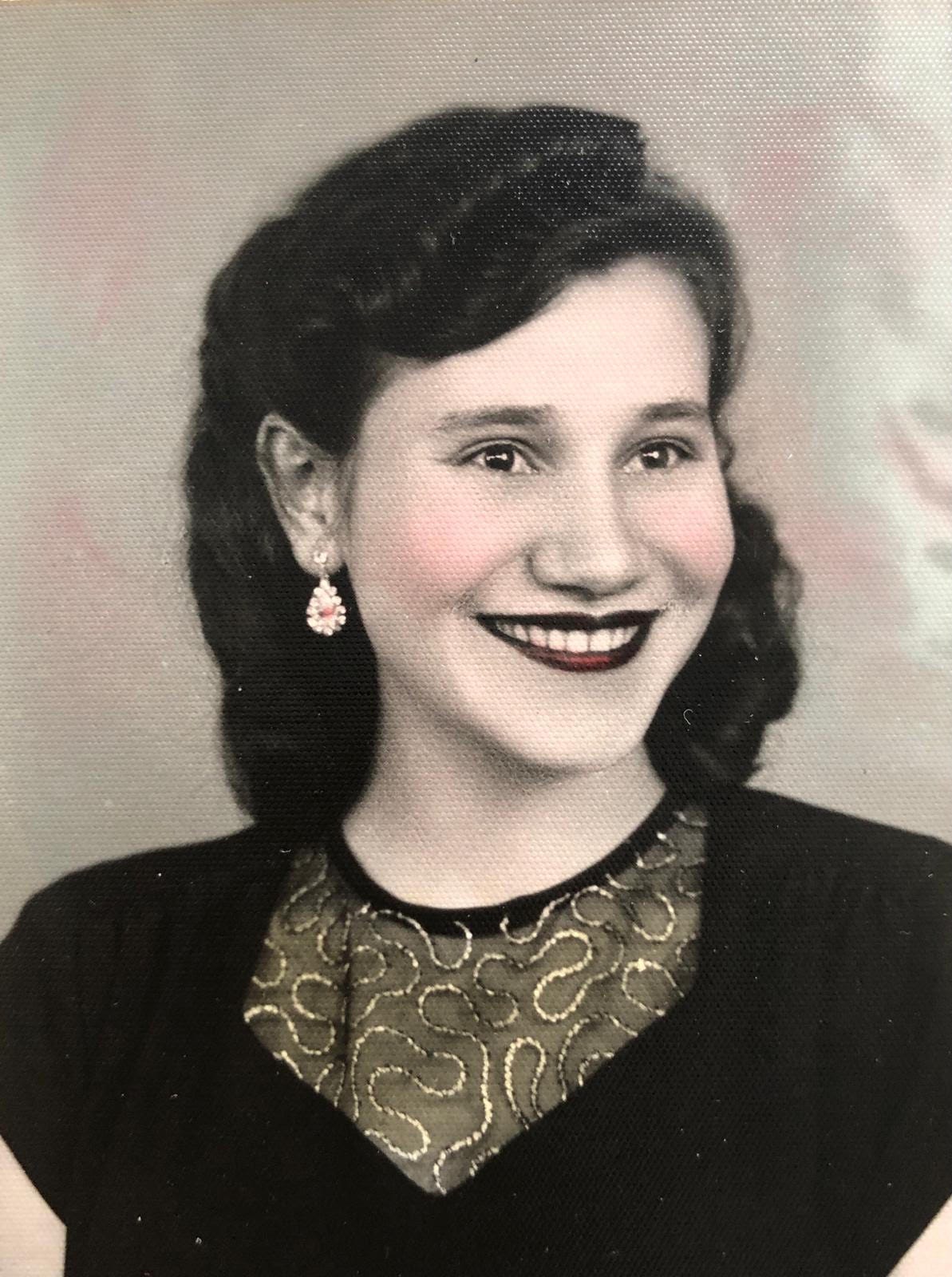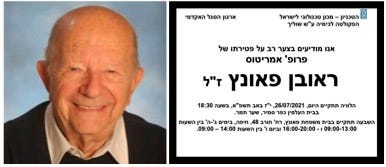The month of May is Jewish History Heritage month. Among important dates, May 5 is Yom HaShoa, and May 12 is Yom HaZikaron. Although it is not recognized at USC (in contrast to many other months, weeks, and days dedicated to various identity groups), we decided to relate several stories honoring survivors of the Holocaust and their descendants.
Friendship, Art, and Survival Against all Odds

Read about Leo Haas here and about Bedrich Fritta here.
The story of Coby Russo, junior at USC, communicated by Hagit Arieli-Chai
On May 6th, junior Coby Russo participated in a roundtable at the White House with the Doug Emhoff, the White House Jewish Liaison, and five other students from universities across the country. Coby, along with the other students, shared their personal family histories in regards to the Holocaust on Yom HaShoah (Holocaust Remembrance Day). They also discussed the surge of antisemitism that countless students have experienced on college campuses across the nation.
Coby has been documenting illegal protests and other acts of antisemitism at USC on Instagram and other social media outlets.
Coby shared with us the stories of his great-grandparents, which we reproduce below.
My great-grandfather Jack Greenfest and great-grandmother Hanna Effron-Greenfest were both advocates for the creation of a Jewish state at a time where Jews had no safe place to seek asylum from the Holocaust and global anti-semitism. Jack was the president of the Brooklyn, NY branch of the Zionist Organization of America (ZOA). Hanna was able to escape Europe prior to the start of the war and began a new life in America. In the United States, she grew up to be the president of a New York chapter of Hadassah—an all women Zionist organization. The two were at the forefronts of combatting worldwide hatred against Jews and laying the groundwork for the creation of the state of Israel. They would make aliyah to Jerusalem later in their lives and continued to support Israel's existence.
My great-grandfather George Starkman is a Polish Holocaust survivor. His survivor story began when he was a late teenager. Him and some of his family were taken out of their home and were brought to a ghetto. From there, my great-grandfather was put on a train car en route to Treblinka along with his mother and his older brother. Miraculously, and with some added help, he was able to loosen barbed wire that covered a large gap in the train car and jumped out of the moving train with only his brother. The two of them traveled on foot to Chenstochov to seek shelter. They were then caught and were brought to Dachow, where my great-grandfather worked tirelessly for long hours in harsh conditions. He would later be brought to a Gusen where he was sent on a death march. Although his brother had eventually died of starvation, my great-grandfather was able to survive it all and escape to America.
My great-grandmother Jean Stulzaft-Starkman's survivor story began when she was just eight years old living in a small village in Poland. When the war broke out, Nazi soldiers had brought her and some of her family to the Lodz ghetto, but many of her siblings were sent to the camps. She remained there until she was 12 years old. She, with her sister and baby cousin, were sent to Auschwitz. Upon arrival, my great-grandmother's sister and cousin were sent to gas chambers, but she was transferred to Bergenbelson. She worked in the camp as part of a group with four other women until the war ended three years later. The group all survived and stayed in touch for the years succeeding the war. My great-grandmother was able to begin a new life in the United States.
Listen to a Holocaust survivor who also survived the October 7 massacre
USC honors Holocaust survivors

In March 2024, President Folt awarded the University Medallion to Celina Biniaz. Binaz, now 92 years old, survived the Krakow Ghetto, the Plaszow concentration camp, and the Auschwitz-Birkenau death camp. She and her family were saved by German businessman Oskar Schindler. Binaz was recognized on behalf of all the survivors whose testimonies have been preserved by the USC Shoah Foundation. Quoted in USC Today, Binaz said:
I believe the human voice speaks louder than history books... We must always remember the power each individual has to transform the lives of others.
The USC Shoah Foundation—Institute for Visual History and Education was established by Steven Spielberg in 1994.
According to USC Today:
Spielberg, who is Jewish and lost family in the Holocaust, spoke about his own experiences as a target of antisemitism, recounting how he was physically and verbally harassed as one of the only Jewish students in his high school in California. He shared that he was inspired to create the foundation when filming Schindler’s List in Krakow, Poland, after a group of Holocaust survivors visited the set. To date, the institute has recorded more than 56,000 survivor testimonies from 65 countries and in 44 languages.
Spielberg entrusted USC with the stewardship of the foundation and its audiovisual archive in 2006. Since then, USC has invested $50 million in the foundation, providing the necessary infrastructure to ensure the permanence of the collection and its use for education and research purposes.
Read the full story (published on March 26, 2024 in USC Today): University Medallion recognizes Holocaust survivors who entrusted testimonies to USC Shoah Foundation.
Quantum chemist—Holocaust survivor: A story of resilience
I was deeply touched by the story of Prof. Ruben Pauncz (1920 – 2021), whom I met at Technion around 2015.
His scientific autobiography Many Handicaps and a Lot of Good Luck published in ACS Central Science tells a story of survival, resilience, passion for science, and optimism. Pauncz survived the concentration camps, came to Israel after the war, started a family there, and build a successful career as a quantum chemist.
According to his obituary (by Ehud Keinan):
His most important contributions include the spectra of linearly condensed aromatic hydrocarbons, two-dimensional homologous series of aromatic compounds, the use of perturbation method for the quantum chemical investigation of systems built up from identical units, calculation of the inverse of the overlap matrix in cyclic systems, the electronic correlation problem and the alternant molecular orbital method, general energy expression for alternant systems with closed-shell structure, generalization of the method for states with different multiplicities, many parameter energy expression, spin degeneracy problem, theoretical explanation of Hund's rule, a simple algorithm for the construction of genealogical spin eigenfunctions, branching diagram for elementary particles with arbitrary spin, generalized branching diagram, combinatorial aspects of the Downward-Robb algorithm, the concept of quasispin for alternant conjugated hydrocarbons, and many more.










Ruben Pauncz was born in 1920, not 1955.